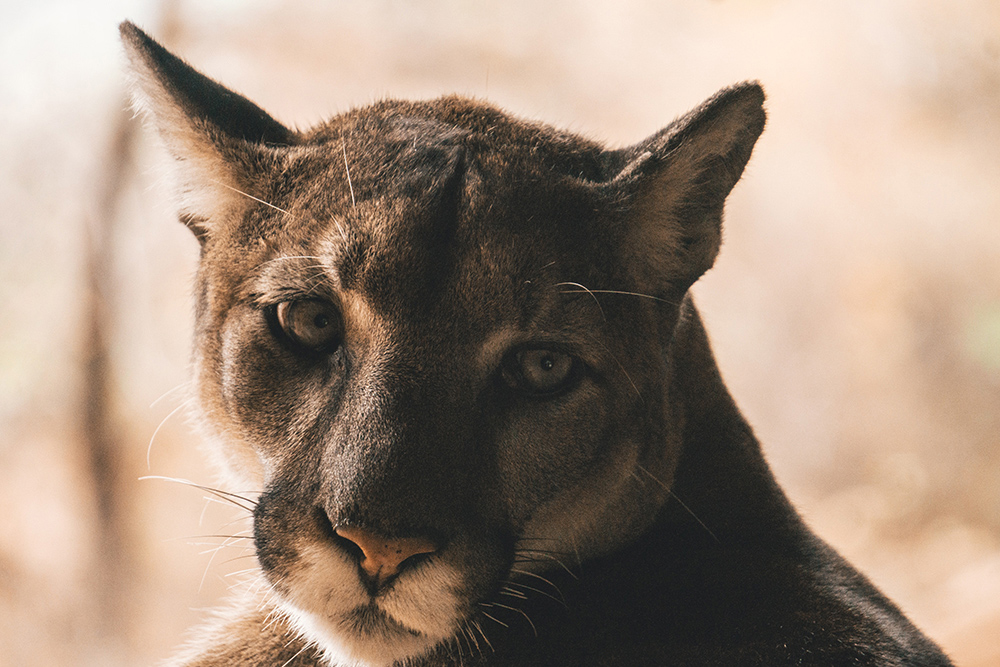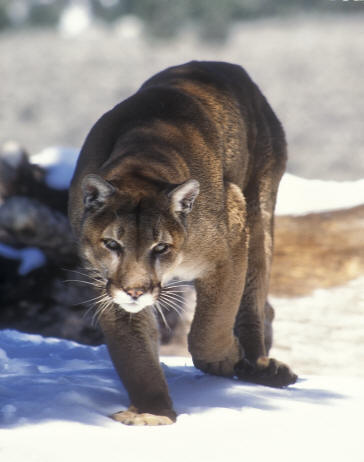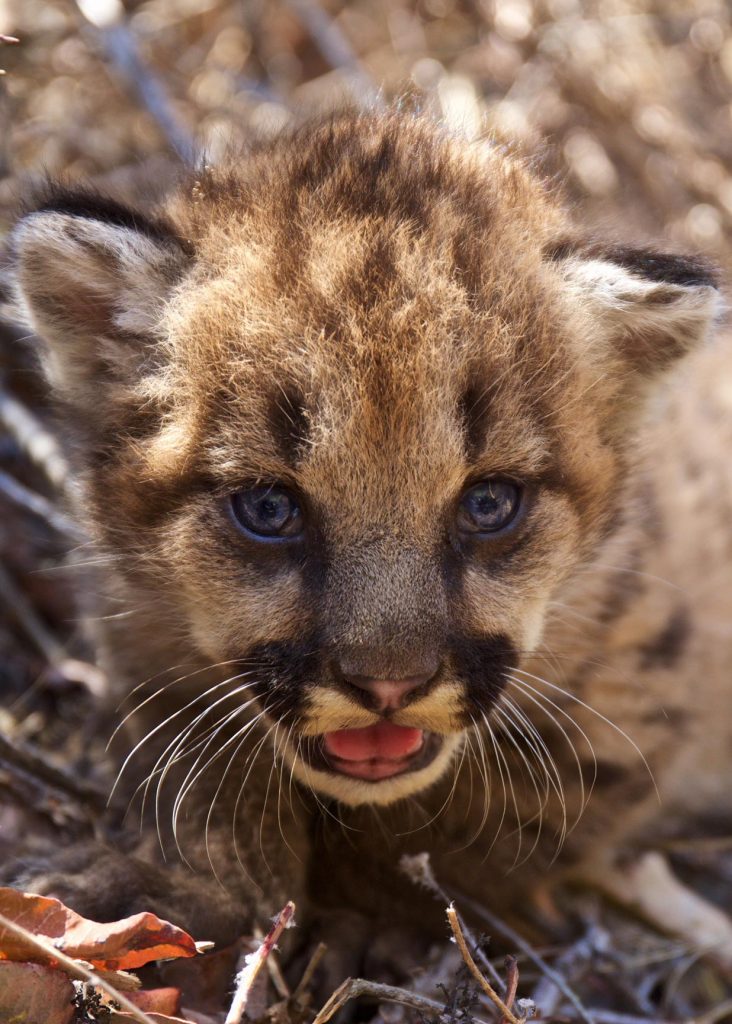Local populations receive candidate status under the state’s Endangered Species Act

Sacramento, CA — Today, southern California and central coast mountain lions were placed under the protection of the California Endangered Species Act (CESA) while they are being considered as candidates for permanent protection under the law. The California Fish and Game Commission approved the protections unanimously at a hearing that was moved online due to health concerns related to COVID-19.
The Commission received more than one thousand comments from residents throughout the central coast region in support of a recent determination by state wildlife officials that protection under CESA may be warranted. Additional letters of support were signed by 5 state senators and assembly members as well as almost 100 environmental and wildlife organizations throughout the state.
Today’s vote initiates a peer-reviewed study of these specific mountain lion populations, conducted by the Department of Fish and Wildlife, to be concluded within one year. The Commission will then host another hearing to determine whether to formally protect the mountain lions as an endangered or threatened species.

Research shows that these mountain lions, the last of the region’s large carnivores, could face extinction in less than 50 years. As they struggle to adapt to the increased frequency of wildfires and drought, populations in Southern California and on the central coast are being profoundly impacted by the expansion of human activity across the landscape. What remains of their original range has been carved up by development and highways, isolating family groups on shrinking islands of habitat where they are increasingly exposed to rat poisons, poachers, and vehicle collisions, and killed because of conflicts with unprotected livestock.
Populations in the Santa Ana and Santa Monica mountains have become genetically isolated in what scientists describe as an “extinction vortex.” A 2019 study predicted that if inbreeding continues, mountain lions could disappear from these ranges within 15 years. Lions in the central coast region, including the Los Padres National Forest, also show patterns of increasing isolation and population loss. The breeding population size of the Central Coast Central subpopulation, located in Monterey, San Luis Obispo, and Santa Barbara Counties, is up to twenty times lower than what is needed for long-term viability of mountain lions in that region.
Protection under CESA makes consideration of the survival of mountain lions part of planning decisions for projects proposed in mountain lion habitat. It would require state and local decision-makers to ensure that core habitats are protected and that vital connections between populations suffering from isolation are preserved or restored.
“We applaud the Commission’s decision to listen to scientists and grant candidate status to these mountain lion populations,” said Bryant Baker, conservation director at Los Padres ForestWatch, a nonprofit organization based in Santa Barbara that protects wildlife and habitat in and around the Los Padres National Forest. “This will facilitate the building of much needed wildlife crossings over or under highways to connect critical breeding populations.” Wildlife crossings have reduced wildlife-vehicle collisions by more than 90 percent in other states, including Colorado and Utah, saving human and animal lives.

The listing would not necessarily block development in mountain lion habitat, but it would require developers to evaluate the environmental impacts of their projects and to impose measures to reduce or avoid significant impacts to lions and their habitat.
Listing under CESA would also prompt a reevaluation of the widespread sale and use of second-generation anticoagulant rodenticides in mountain lion habitat. These poisons not only kill the rodents they target, but the predator that eats the rodent. This can spread through the food web as other predators and scavengers eat contaminated animals. Biologists have documented the presence of anticoagulant rodenticide compounds in 21 out of 22 local mountain lions they tested, including a three-month-old kitten.
While hunting mountain lions has been illegal in California since 1990, nearly 1,800 mountain lions have been killed legally in the state over the last two decades. State wildlife officials can issue depredation permits to kill a mountain lion that has presumably injured livestock or pets. “One of only two radio-collared breeding males in the Santa Monica mountains was killed this year under a depredation permit,” said Rebecca August, director of advocacy at Los Padres ForestWatch. “Protecting these cougars as an endangered species will provide stronger incentives for landowners and biologists to work together to avoid wildlife conflicts.”
Mountain lions have lived in California for tens of thousands of years. They are a keystone species that act as “ecosystem engineers.” They keep prey populations—especially rodents—in check and their kills provide food for scavengers like the critically endangered California condor. Their presence helps maintain diverse habitats that support a multitude of fish, amphibian, reptile, bird, mammal, insect, and invertebrate species. “In these regions, we have already witnessed the disappearance of the gray wolf and the California grizzly bear from our landscape.” said August. “Taking steps to ensure that mountain lions do not follow in their path is not only wise, it is critical.”
Read more about mountain lions here.







Comments are closed.